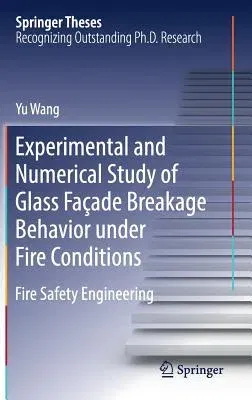Yu Wang
(Author)Experimental and Numerical Study of Glass Façade Breakage Behavior Under Fire Conditions: Fire Safety Engineering (2019)Hardcover - 2019, 15 March 2019

Qty
1
Turbo
Ships in 2 - 3 days
In Stock
Free Delivery
Cash on Delivery
15 Days
Free Returns
Secure Checkout

Part of Series
Springer Theses
Print Length
137 pages
Language
English
Publisher
Springer
Date Published
15 Mar 2019
ISBN-10
9811364834
ISBN-13
9789811364839
Description
Product Details
Author:
Book Edition:
2019
Book Format:
Hardcover
Country of Origin:
NL
Date Published:
15 March 2019
Dimensions:
23.39 x
15.6 x
1.12 cm
ISBN-10:
9811364834
ISBN-13:
9789811364839
Language:
English
Location:
Singapore
Pages:
137
Publisher:
Series:
Weight:
399.16 gm